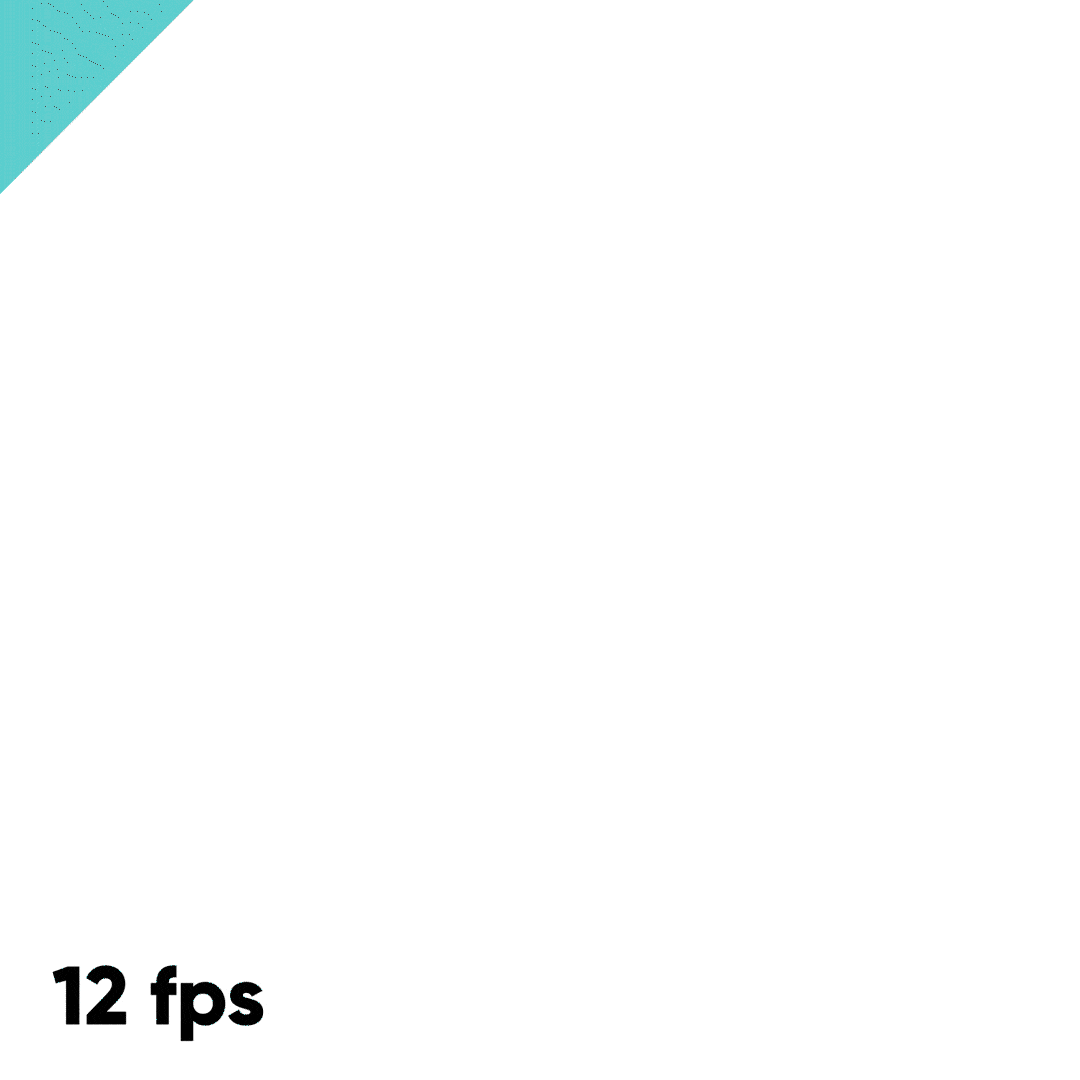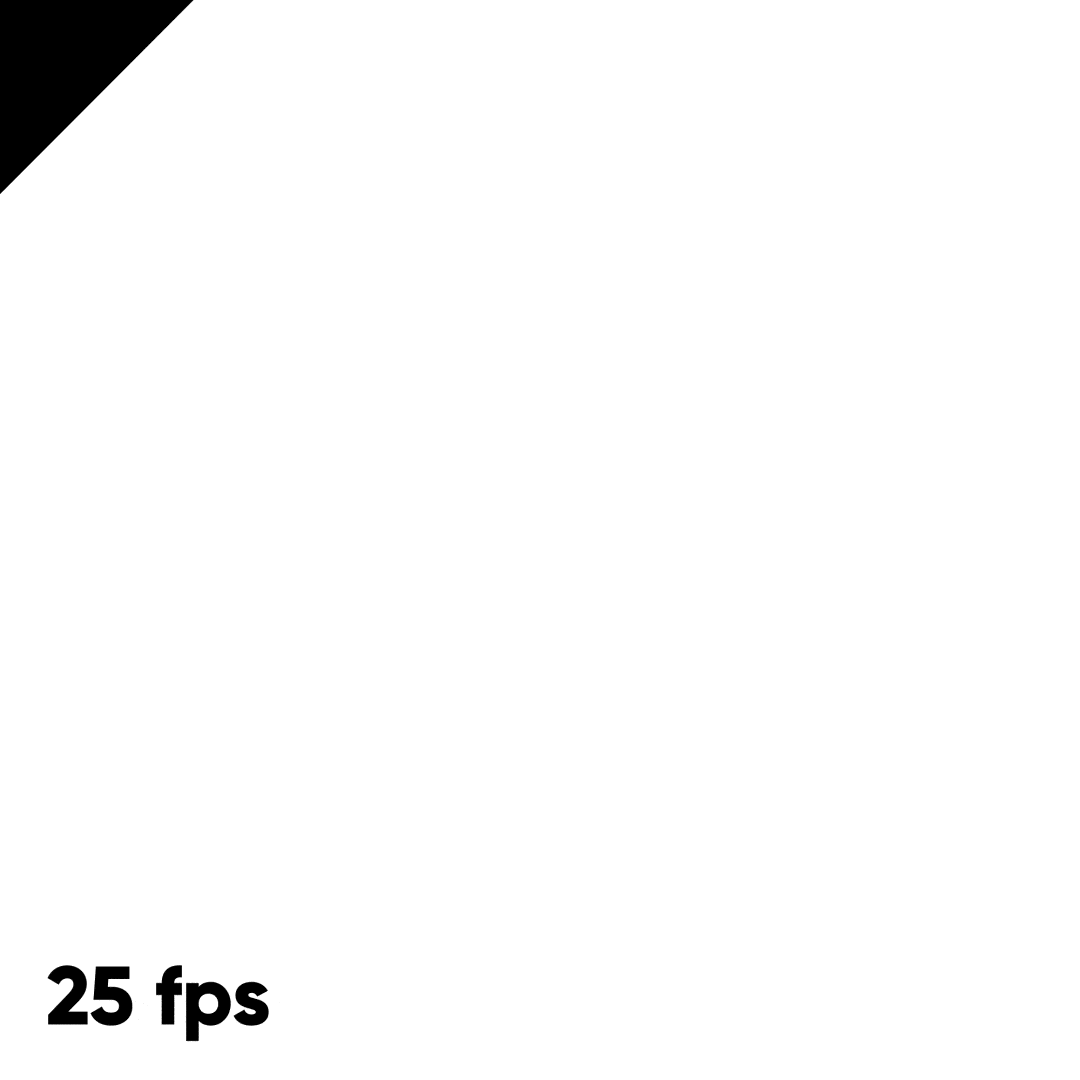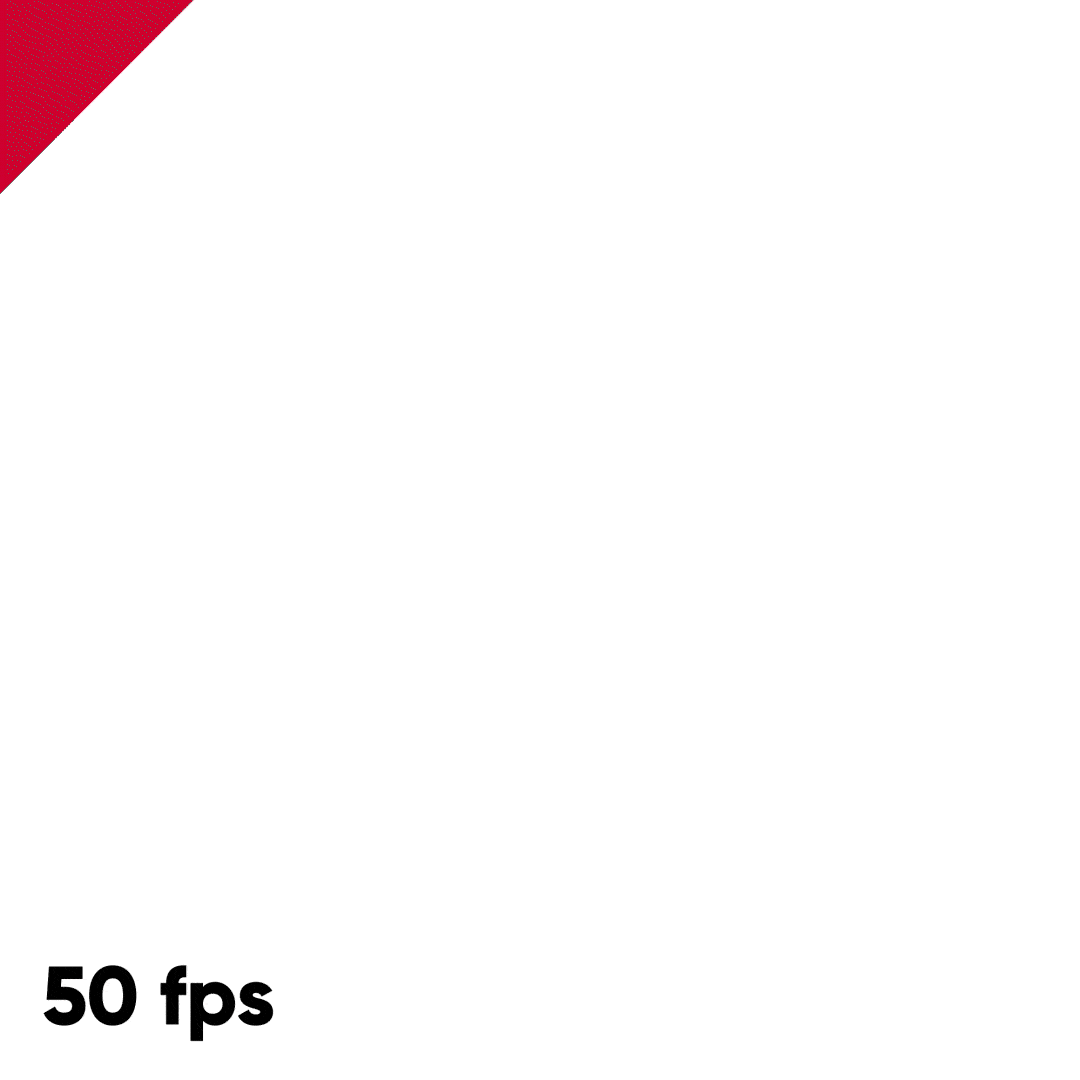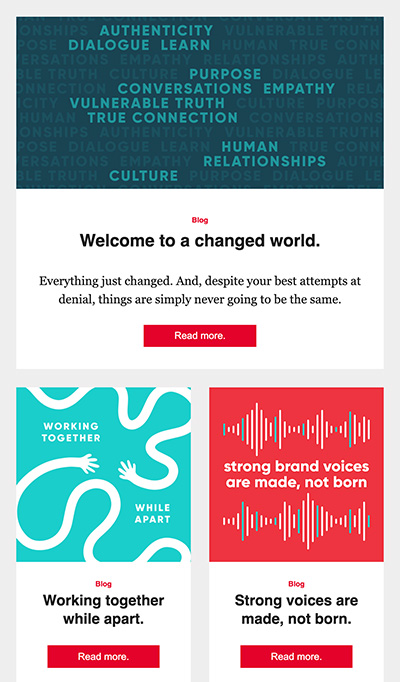Let’s get eMOTIONal
Something as seemingly trivial as frame rate can have a great impact on your project and brand. The right one can take you back in time or springboard you into the future.

Font. Type weight. Color.
These are three examples of elements that are meticulously selected, pored over, and manipulated by graphic designers every day. The slightest variation can drastically alter the look and feel of a logo or corporate identity.
Did you know that something as seemingly forgettable as video frame rate can have just as big of an emotional impact on a project?
It absolutely can.
It’s one of many choices that we as motion designers meticulously select, pore over, and manipulate every day. Let’s take a look.
What is frame rate?
It’s not a dating service for people with glasses.
(EDITOR’S NOTE: This is the first of potentially several terrible dad jokes. Reader beware.)
Frame rate is the frequency at which still images in a television picture, film, or video sequence are displayed. Simply put, the higher the frames per second (fps), the smoother the video.
While a high frame rate (such as 60 fps) can give off an energetic, futuristic vibe, a low frame rate (such as 12 fps) can give off a quirky, nostalgic, stop-motion vibe. Somewhere in the middle is your typical 24-30 fps video. These traditional frame rates can be seen on broadcast television and in your local movie theater – they’re what our brains are most used to experiencing.
See examples of three different frame rates below.



How to choose frame rate.
Is your client looking for a classy, sophisticated feel in their animation? 24 fps is your brand of caviar.
What about a playful, throwback feel? 12 fps is the cat’s pajamas.
Are they looking for a technologically advanced, fast-paced animation that’s as smooth as it is energized? Set your comp to 60 fps and strap in for the ride.
Keep in mind that these are not one-size-fits-all options, but they are a great place to start.
Delivery method is also important to note when selecting a frame rate. If your delivery is the web and/or social media, you’re going to have the most latitude when selecting frame rate. Platforms like Vimeo, YouTube, and TikTok all support up to 60 fps. But social media video requirements and specs seem to change all the time, so be sure to do your own research before committing to a frame rate on your project. If your final delivery method is broadcast television, you are going to want to stay in the traditional 24-30 fps range.
A couple other things to consider:
- Frame rate has a big impact on file size. The higher the fps, the larger the file size.
- Changing your frame rate late in the game can be a pain, but it’s entirely possible to do.
- Play around and have fun!




